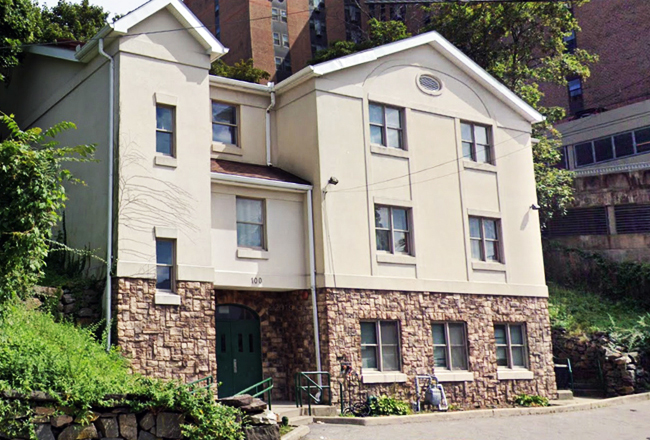A report on the tax burden for residents of the 50 states and District of Columbia released this morning by the financial website WalletHub has some good news and bad news for residents of New York state and Connecticut.
First, the good news: Neither state is ranked as the worst in the U.S. when it comes to the amount of state and local taxes residents have to pay.
Now the bad news: Connecticut is ranked as next to worst, ranking at number 50 and New York is only slightly better, coming in at 49.
WalletHub calculated median values in the states for household annual income and amount of property owned in an effort to make valid comparisons.
It found that in New York the effective state and local tax rate on median households was 14.08% for a total state and local tax bill of $11,024 while in Connecticut the tax rate was 14.84% for a total bill of $11,625.
The most taxed households were in Illinois where the rate was 15.01% while the lowest were in Alaska where the effective total state and local tax rate was 5.84%. The total state and local tax bills came to $4,585 in Alaska and $9,200 in Illinois. The lower dollar amount paid in lower-ranked Illinois reflected differences in incomes and property values compared with New York, Connecticut and the other states.
WalletHub found that residents of states that voted Republican in the 2020 election on average paid less in state and local taxes than did residents of states that voted Democratic.
It pointed out that just because a state has a low-rate income tax or no income tax it doesn”™t necessarily mean that residents will get away with paying little in state and local taxes. It used the state of Washington as an example, where residents don”™t pay state income tax but do spend more than 8% of their annual income on sales and excise taxes.
When it comes to real estate taxes as a percentage of income, New York ranked 43 with a rate of 5.93% while Connecticut was number 48 with a rate of 7.37%. Highest was Illinois with 7.82% of income going to real estate taxes and the lowest was Alaska where 4.11% of income went to pay real estate taxes.
The effective sales and excise tax rate in New York was 4.81%, ranking the state number 35 on the list. Connecticut did better at number 19 on the list with an effective sales and excise tax rate of 4.14%.
In commenting on the WalletHub report, Steven P. Lanza, an associate professor in the Department of Economics at the University of Connecticut, said, “Just as beauty is in the eye of the beholder, the ‘best’ mix of taxes and services will depend on the preferences of individual taxpayers.
“Some people will prefer low taxes and a minimum of government services, while others want more government services and are willing to pay higher taxes to get them. States and localities compete in sorts among themselves to offer an attractive mix of services at a reasonable cost, and taxpayers will gravitate toward those jurisdictions that best match their preferences.”
He said that taxes are an important part of the cost of living and people should and do take them into consideration when deciding where to live.
“To minimize the distortionary effects that taxes inevitably impose on transactions, economists generally favor simple tax systems with broad bases and low rates. But tax systems become complicated when special interest groups lobby policymakers for special deductions, credits, exclusions, and the like,” Lanza said.
“There does not appear to be any discernable pattern to which states have the most of these so-called ”˜tax expenditures,”™ but the larger the number of these loopholes, the more complex the system.”



















